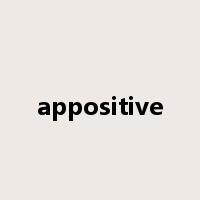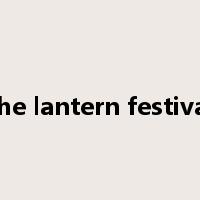appositive 双语例句
全部
1·This is also true to appositive prepositional phrases.
当其充当同位语时,亦可省略。
2·This case, the appositive clause is relatively simple.
这种情况下,同位语从句都是比较简单。
3·Appositive phrases are nouns or pronouns with modifiers.
同位词组为修饰词语的名词或代名词。
4·Chapter two discusses an appositive phrase composed of two nouns.
第二章探讨由两个名词构成的同位短语。
5·What's the difference between relative clauses and appositive clauses?
让学生思考同位语从句与定语从句的差异。
6·In general, the appositive clause can be directly translated back in the main sentence.
一般来说,同位语从句可以直接翻译在主句后面。
7·Subject, predicate, object, objective complement, attribute, adverbial modifier, predicative, appositive.
主语,谓语,宾语,宾语补足语,定语,状语,表语,同位语。
8·An appositive is a noun or noun phrase, placed next to another noun to refer to the same person or thing.
同位语是一个名词或者代词短语,放置在另一个名词后面指代同一人或事物。
9·An appositive is a noun or noun phrase that identifies, or provides further information about, another noun phrase.
同谓语是一个名词或名词短语,用来解释说明名词或名词短语。
10·Therefore, English teachers should take appositive measures and methods to teach, so as to get a good expectation of teaching.
由此,英语教师应采取积极的教学手段和方法,提高英语教学水平。
同位语
1·Subject, predicate, object, objective complement, attribute, adverbial modifier, predicative, appositive.
主语,谓语,宾语,宾语补足语,定语,状语,表语,同位语。
2·An appositive is a noun or pronoun that renames another noun or pronoun. Appositives are placed directly after the noun or pronoun they identify.
同位语为名词或代名词,同位语直接放在想定义的名词或代名词后面。
3·What's the difference between relative clauses and appositive clauses?
让学生思考同位语从句与定语从句的差异。








